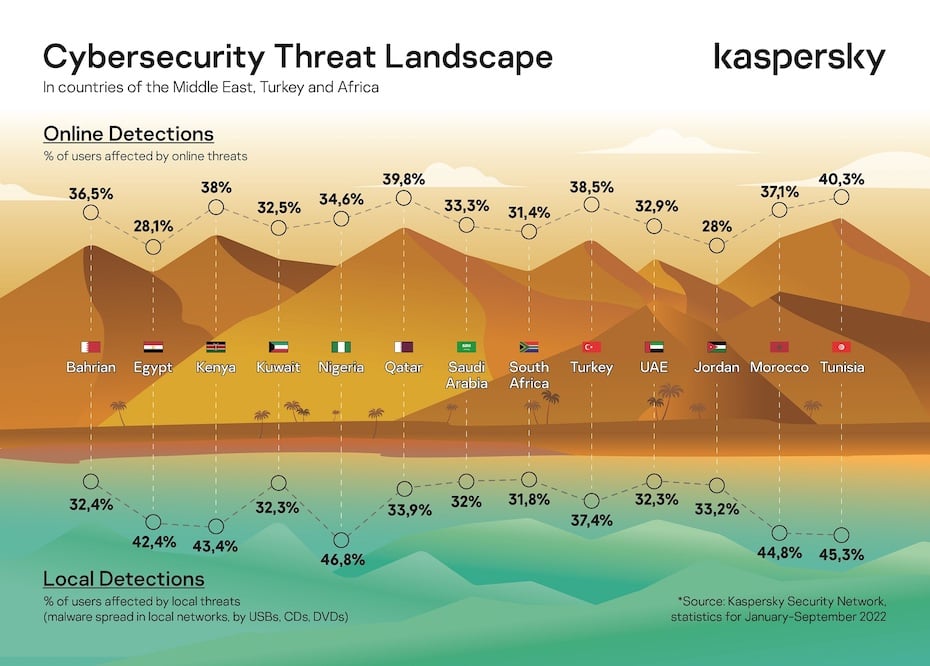The High Cost Of Tariffs: ABI Research's Analysis Of The Trump Trade War's Impact On Tech

Table of Contents
Increased Prices for Electronic Components and Finished Goods
Tariffs imposed during the trade war dramatically increased the price of imported electronic components, significantly impacting the tech industry. Semiconductors, displays, and other crucial components saw steep price increases, leading to a ripple effect throughout the supply chain. This tariff impact translated directly into higher prices for consumer electronics, making products less affordable for consumers and dampening demand.
- Increased manufacturing costs: The added tariff costs were passed down from manufacturers to consumers, leading to inflated prices.
- Reduced consumer demand due to higher prices: Higher prices resulted in decreased consumer spending on electronics, impacting sales across the board.
- Impact on global supply chains: The increased costs disrupted established global supply chains, forcing companies to seek alternative, often more expensive, solutions.
- Examples of specific components affected: Memory chips, processors, and LCD screens were among the components experiencing the most significant price hikes due to component costs increases. This directly impacted the cost of everything from smartphones and laptops to servers and data centers.
The overall result was a noticeable increase in electronics prices, directly affecting the affordability and accessibility of technology for consumers worldwide.
Disrupted Global Supply Chains and Production Delays
The global tech industry relies on intricate and highly efficient global trade networks. The imposition of tariffs created significant uncertainty and disruption within these already complex supply chains. Companies faced extended lead times for sourcing critical components, leading to production bottlenecks and, in some cases, factory closures. This uncertainty also impacted the ability to accurately forecast demand and plan production schedules.
- Increased lead times for component sourcing: Companies experienced significant delays in obtaining necessary components, extending production cycles.
- Production bottlenecks and factory closures: Inability to secure crucial components led to production slowdowns and, in severe cases, temporary factory closures.
- Loss of efficiency and increased operational costs: The disruptions created inefficiencies, increased operational costs, and reduced overall profitability.
- Examples of companies facing supply chain disruptions: Many companies, both large and small, experienced significant challenges, with some reporting substantial losses due to production delays and manufacturing bottlenecks.
This disruption ultimately reduced the overall efficiency and competitiveness of the tech industry globally.
Reduced Innovation and Investment in the Tech Sector
The uncertainty surrounding tariffs significantly stifled innovation and investment within the tech sector. The added costs and risks associated with international trade led many companies to reduce their research and development (R&D) spending. This reduction in R&D had a cascading effect, slowing the development of new technologies and potentially reducing the long-term competitiveness of U.S. tech companies.
- Decreased R&D spending: Companies shifted resources away from long-term R&D projects towards mitigating the immediate impacts of tariffs.
- Slowdown in the development of new technologies: Reduced R&D spending naturally led to a slower pace of technological advancement across the sector.
- Reduced competitive advantage for U.S. tech companies: The slowdown in innovation put U.S. companies at a disadvantage against competitors in countries less affected by the trade war.
- Impact on job creation: Reduced investment and slower innovation negatively impacted job creation in the sector.
The high cost of tariffs extended beyond immediate financial losses to encompass a fundamental weakening of the technological advancement capabilities of the entire sector.
Geopolitical Implications and Shifting of Manufacturing Bases
The trade war and the associated tariffs had significant geopolitical implications, accelerating a shift in manufacturing bases away from the United States. Companies sought to mitigate the impact of tariffs by relocating manufacturing operations to countries with more favorable trade policies. This shift had long-term consequences for the U.S. tech industry, reducing its manufacturing base and increasing reliance on other countries for essential tech components.
- Companies relocating manufacturing outside of the US: Many tech companies moved parts of their manufacturing operations to countries with lower tariffs or more stable trade relations.
- Increased reliance on other countries for tech components: This reliance creates vulnerabilities in the supply chain and dependence on potentially less trustworthy partners.
- Loss of American jobs: The relocation of manufacturing resulted in job losses in the United States, impacting communities reliant on the tech sector.
- Impact on national security: Increased reliance on foreign countries for critical components can raise concerns about national security and supply chain resilience.
These geopolitical implications resulted in broader economic and strategic consequences for the US.
Conclusion: Understanding and Avoiding the High Cost of Tariffs in the Future
ABI Research's analysis clearly demonstrates the high cost of tariffs on the tech industry. The significant negative impacts on prices, supply chains, innovation, and geopolitical stability cannot be ignored. The uncertainty created by protectionist trade policies undermines investment, slows technological advancement, and ultimately harms both consumers and businesses. To avoid repeating similar damaging situations, it's crucial to advocate for stable and predictable global trade relationships. Further research into mitigating the high cost of tariffs and analyzing the impact of tariffs on tech is essential for informed policymaking and the long-term health of the technology sector. We must learn from past mistakes and work towards a future where the free flow of goods and services supports, rather than hinders, global technological progress.

Featured Posts
-
 Den Of Thieves 2 Netflix Release Date Check Availability
May 13, 2025
Den Of Thieves 2 Netflix Release Date Check Availability
May 13, 2025 -
 Rising Wildfires A Growing Threat To Rare Uk Wildlife
May 13, 2025
Rising Wildfires A Growing Threat To Rare Uk Wildlife
May 13, 2025 -
 Britain And Australia Selective Justice In Myanmars Political Crisis
May 13, 2025
Britain And Australia Selective Justice In Myanmars Political Crisis
May 13, 2025 -
 Religious Leaders In North Texas Speak Out Against Abbotts Epic City Investigations
May 13, 2025
Religious Leaders In North Texas Speak Out Against Abbotts Epic City Investigations
May 13, 2025 -
 Lineups Tv Info And Game Thread Cubs Vs Dodgers At 2 05 Ct
May 13, 2025
Lineups Tv Info And Game Thread Cubs Vs Dodgers At 2 05 Ct
May 13, 2025
